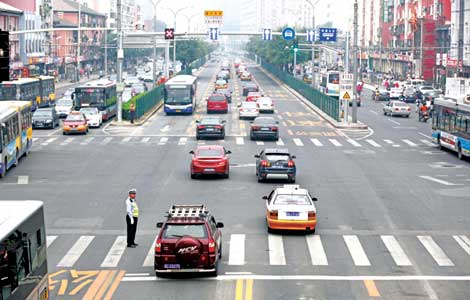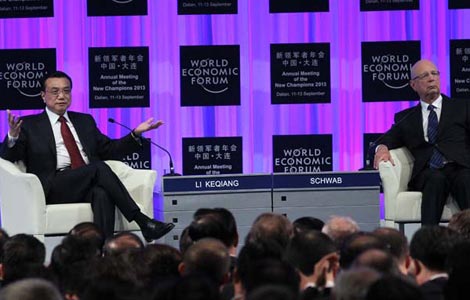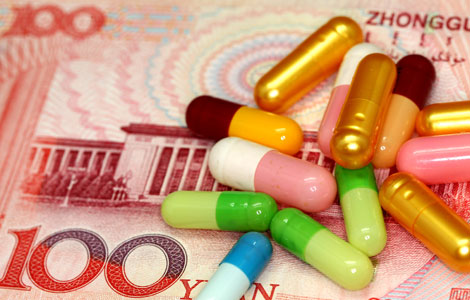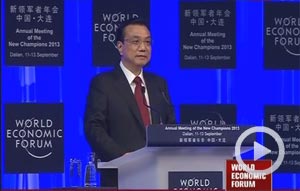Fuel upgrade costs are a price worth paying
Updated: 2013-09-13 08:50
By Wu Wencong (China Daily)
|
||||||||
Cao Xianghong has been director of the National Petroleum Products and Lubricants Standardization Technical Committee for more than 10 years. He spoke to China Daily about the cost of upgrading the gasoline standard from phase 4 to phase 5.
The main difference between the two standards lies in the sulfur content allowed in gasoline and diesel - 50 micrograms per gram for phase 4 and 10 mcg per gram for phase 5.
 |
| Cao Xiaoghong |
"The increased cost will be around 200 yuan ($32.70) per metric ton, two-thirds of which will result from the loss of Methylcyclopentadienyl Manganese Tricarbonyl, or MMT," said Cao.
MMT can help increase the octane rating, or the amount of octane in gasoline. Octane can improve the fuel's "anti-knocking" combustion capacity, or the efficiency with which fuel is ignited in the pistons - the higher the octane rating, the more efficient the process.
"However, as fuel containing MMT burns, a metal oxide is formed and is released into the atmosphere in the form of particulates," said Cao, who added that research conducted in Japan has discovered that the oxide is a particulate at the nanometer scale, also known as PM2.5.
MMT has been banned under phase 5 of the gasoline standard, which was approved in July. It had already been banned under Beijing's phase 5 gasoline standards, which came into force in June 2012.
He said that reducing the sulfur content of gasoline and diesel will further lower the octane rating. As a result, other methods will have to be used to increase the octane rating and that will inevitably push up costs.
He said that the government, oil companies and consumers should bear the increased costs. "The process of burning fuel is bound to cause pollution, and everyone who generates pollution should expect to pay."

 Plenty of fizz
Plenty of fizz
 Traffic about-face seeks to ease congestion
Traffic about-face seeks to ease congestion
 Another iPhone4 explodes while charging
Another iPhone4 explodes while charging
 Premier stresses transformation of the economy
Premier stresses transformation of the economy
 Soyuz capsule returns from space station
Soyuz capsule returns from space station
 China's Christian churches reduce leaders' age ceiling
China's Christian churches reduce leaders' age ceiling
 Student's rare blood bonds Kazakhstan and China
Student's rare blood bonds Kazakhstan and China
 Apple's low-end phone price disappointing
Apple's low-end phone price disappointing
Most Viewed
Editor's Picks

|

|

|

|

|

|
Today's Top News
US moves against China firms criticized
3 sentenced to death for Xinjiang terror attack
Xi welcomes talks on Iran
Assad agrees to hand over chemical weapons
Time of opportunities, challenges
China sets caps for rare earths exploration
Ending non-tariff barriers benefits global economy
Developing nations need shift to balanced growth
US Weekly

|

|






